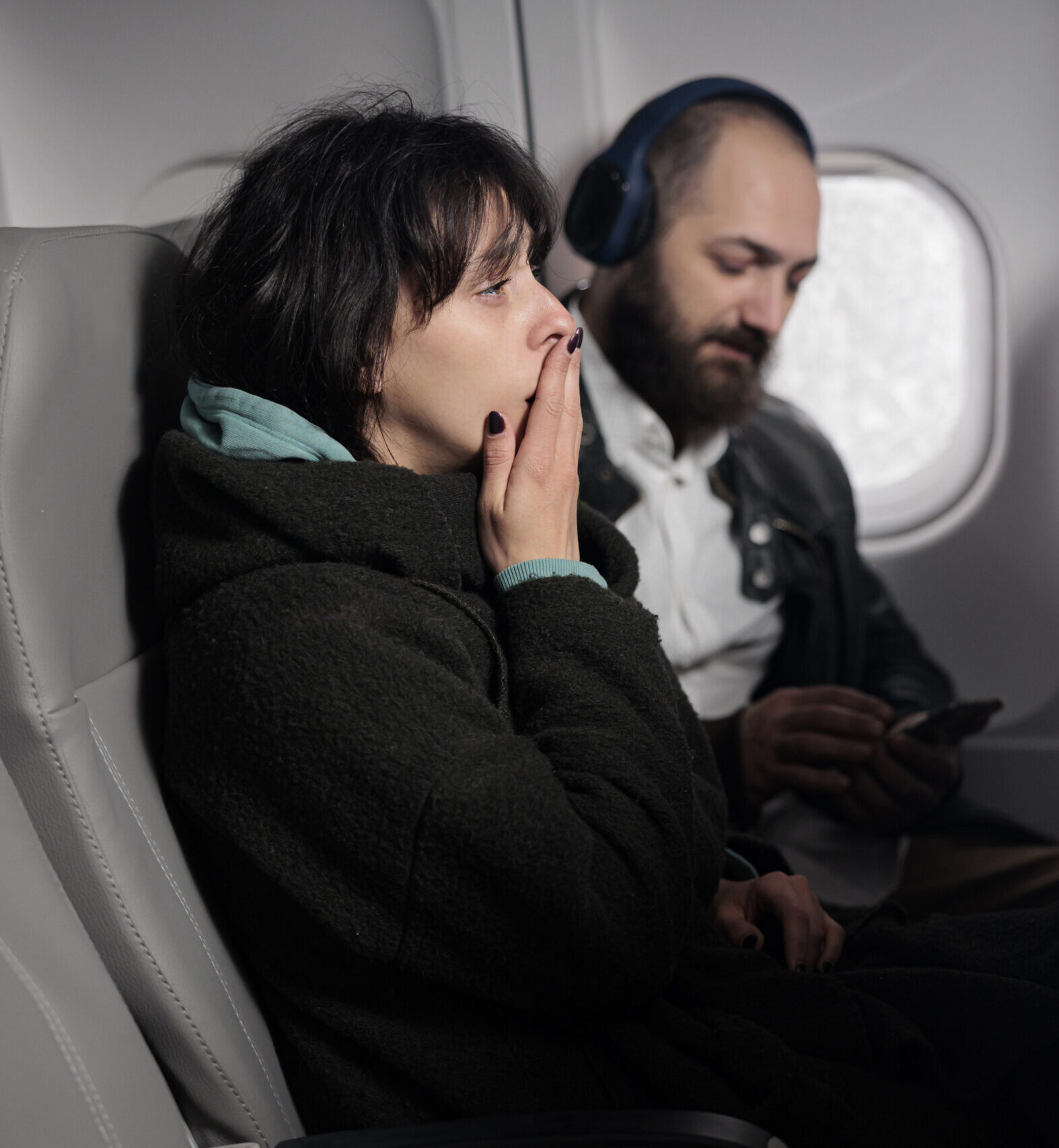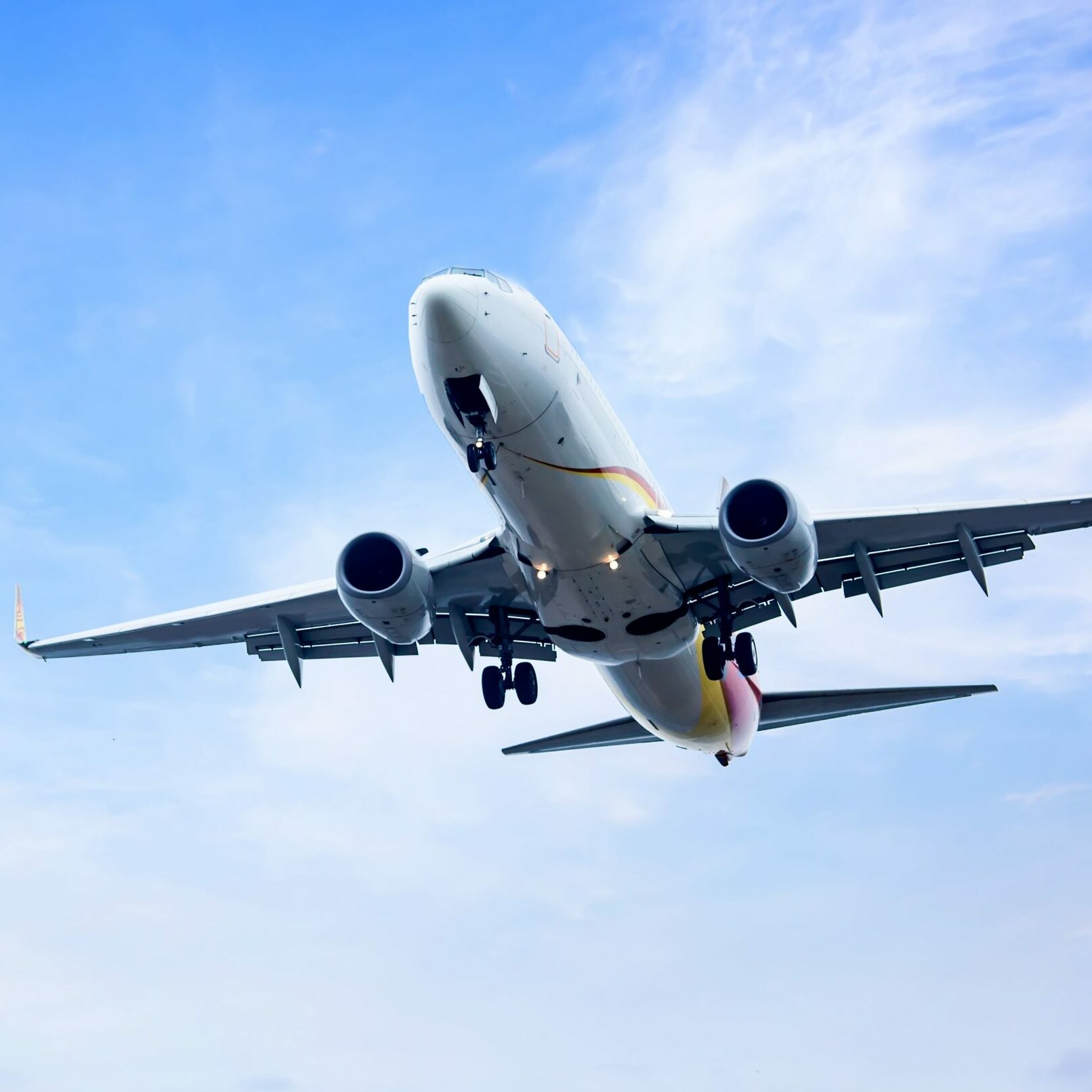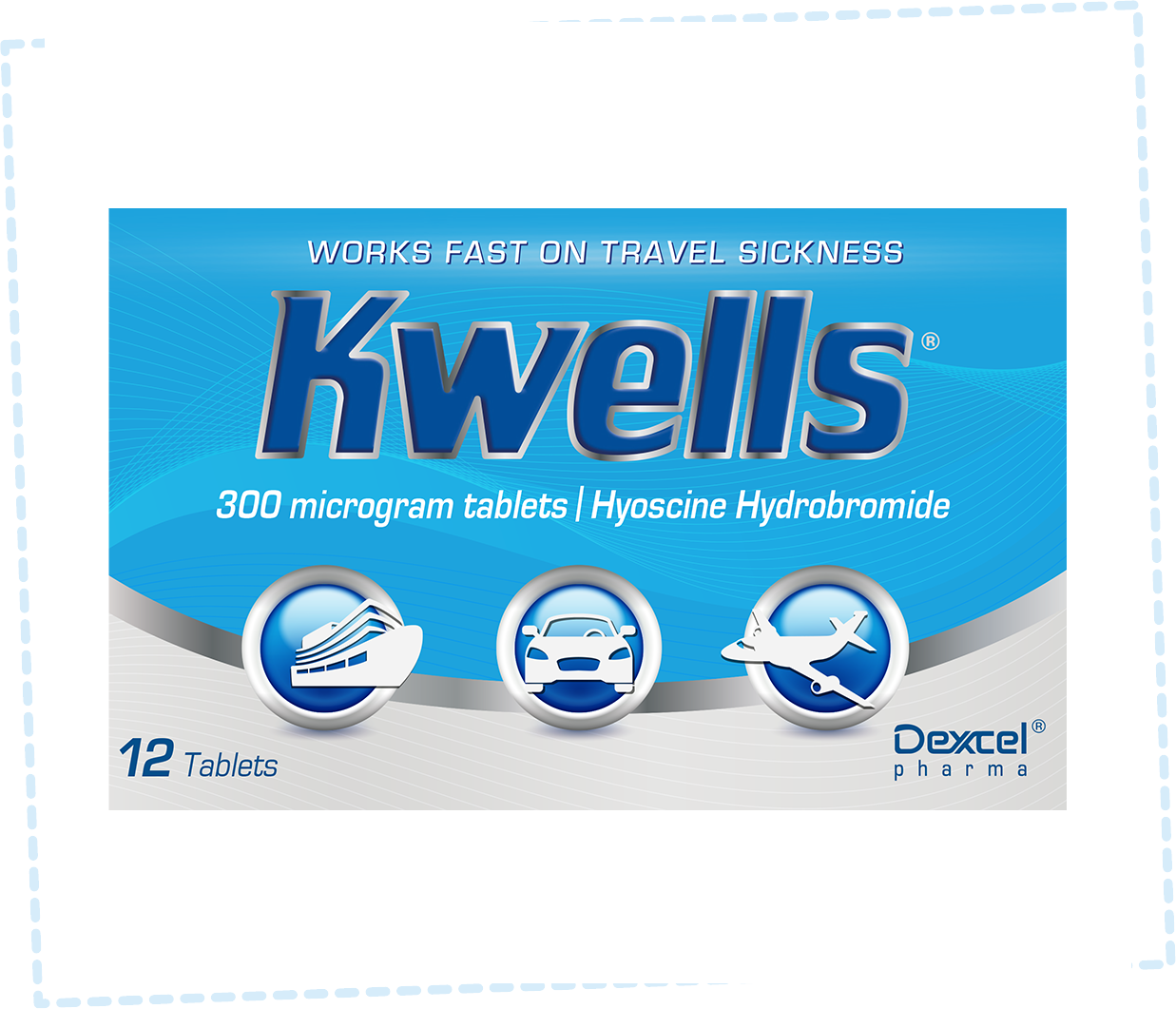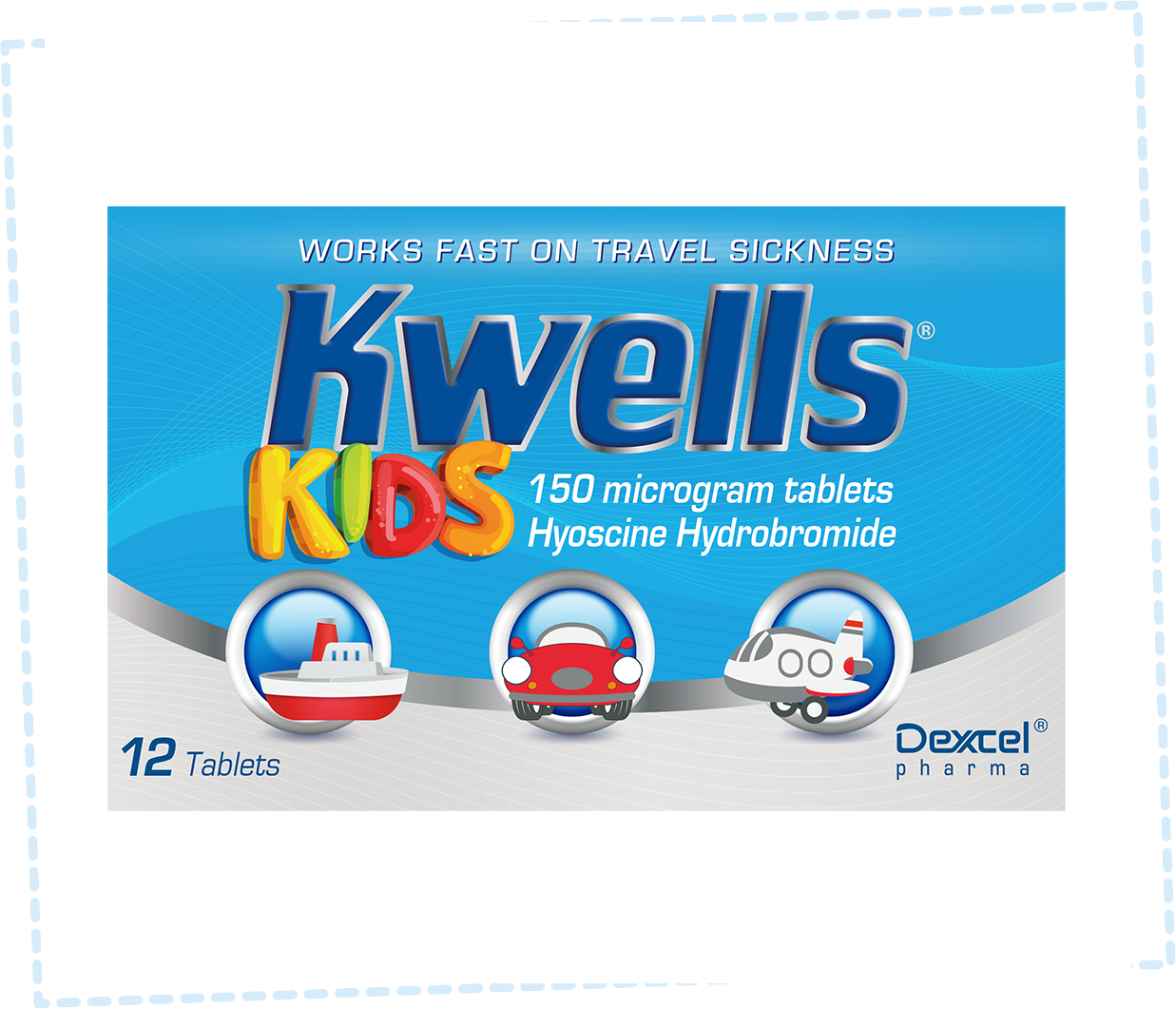Motion Sickness and Rollercoasters
Ever wondered how you found amusement parks such a carefree thrill when you were younger – but now just the very thought leaves you feeling a little queasy?
Just as the kids are old enough and big enough to go on the scariest rides in the park, the longest zip-wires in the land or the bounciest bungees on the planet, as adults we can find our thrill-seeking spirit somewhat diminished.
Of course, youngsters can experience roller coaster sickness too.
If you or someone in your family suffers from this thrill-seeking induced condition, the good news is that we have some insights and advice which may help.
With some motion sickness knowledge and a bit of preparation ahead of your day out, it may still be possible to rediscover that childhood adrenaline rush and exhilaration – and help younger members of the family to discover it if motion sickness has dampened their thrill-seeking spirits.
In this blog, we’ll explore why it can happen and how you can deal with motion sickness on rollercoasters, other theme park rides and activities of the more daredevil kind.
Understanding rollercoaster sickness
Roller coaster sickness, also known as motion sickness, can strike even the most daring adventurers.
Motion sickness is caused by repeated movements when travelling, whether that’s a roller coaster, car, boat, train or plane.
It’s caused by a sensory mismatch between the eyes, the balance organ in the ear and the brain.2
The rapid changes in motion, twists, turns, and high speeds on roller coasters can trigger this sensory mismatch, leading to symptoms such as nausea, vomiting, dizziness, sweating, and headache.2
Why are adults more prone to roller coaster sickness?
The vestibular system is a sensitive sense organ found in the inner ear and gives us information about movement, balance and our position.3
As we age the vestibular system can become less efficient when it comes to assessing motion and movement which could be a reason why we become less tolerant to theme park rides.4
Find out more about motion sickness and why some people are more prone to it than others.
Preparation is key
All forms of travel sickness are types of motion sickness.
That means some of the traditional tips and advice we recommend for car sickness, seasickness and plane sickness can apply here too.
There are a few things you can do ahead of stepping through the gates of the amusement park and some start before your even journey begins.
- Pack some just-in-case essentials: Particularly if you’re heading out with children, take wet wipes, and a couple of plastic bags for emergencies or to bring dirty clothes home in.
- Take plenty of water with you to keep hydrated and to help relieve motion sickness symptoms if they do occur.
- Eat light: Having a heavy, fatty or spicy meal before riding a roller coaster is a recipe for disaster.5 Stick to light meals at least an hour before you arrive at the amusement park to give time for your food to digest.5
- Choose the right seat: Just as you sit in the front of the car or over the wing of a plane to keep motion to a minimum5 when boarding a roller coaster, opt for a seat where you’ll experience the least motion. This often means sitting in the front or middle of the coaster, as the back tends to be more turbulent.6

Ways to help relieve motion sickness after a rollercoaster ride
Sometimes motion sickness can strike after you’ve been on a ride.
Similar to feeling ‘wobbly’ when you’ve been on a boat, it’s caused by disruption to the balance function in the vestibular system.7
If you feel the symptoms of motion sickness coming on after a theme park ride you could try…
- Sit down somewhere quiet, close your eyes and focus on taking slow, deep breaths.1
- Taking a walk and getting some breaths of fresh air.1
- Sip water to keep hydrated.1
- Come prepared with ginger biscuits, a flask of ginger tea or ginger tablets.1
- Don’t be tempted to get back on the rides if you’re feeling unwell.1
Speak to a pharmacist about motion sickness advice
If you feel you need further help have a chat with your local pharmacist who can advise on suitable over the counter remedies.
Kwells 300 microgram tablets* or Kwells Kids 150 microgram tablets* contain an active ingredient called hyoscine hydrobromide.
Hyoscine hydrobromide temporarily reduces the effect of movement on the balance organs of the inner ear and the nerves responsible for nausea.
Because Kwells tablets melt in the mouth, absorption into the bloodstream is very rapid and they can be taken up to 30 minutes before travelling or at the onset of sickness.
*Kwells 300 microgram tablets. For the prevention of travel sickness, suitable for adults and children aged 10+. Contains Hyoscine Hydrobromide 300 microgram. Kwells Kids 150 microgram tablets. For the prevention of travel sickness, suitable for children aged 4+. Contains Hyoscine Hydrobromide 150 microgram. Always read the label.

Travel Happy Tips
Kwells 300 microgram tablets. For the prevention of travel sickness, suitable for adults and children aged 10+. Contains Hyoscine Hydrobromide 300 microgram. Kwells Kids 150 microgram tablets. For the prevention of travel sickness, suitable for children aged 4+. Contains Hyoscine Hydrobromide 150 microgram. Always read the label







